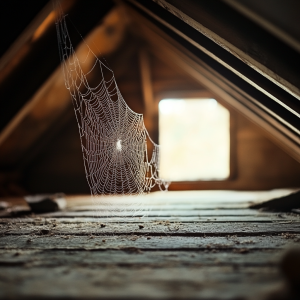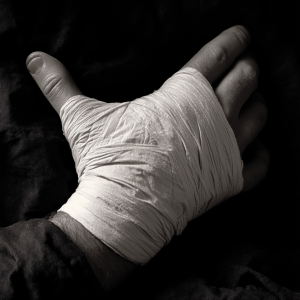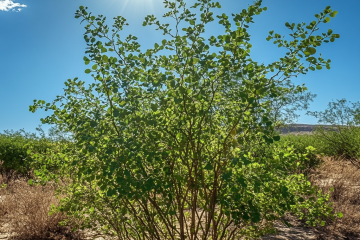
Spider webs help in healing wounds
Spider webs may seem like nature’s flypaper, but they’re also one of the most fascinating tools in survival medicine. Used for centuries as a natural wound dressing, these silken threads are much more than meets the eye. From their antiseptic properties to their role in clotting, spider webs are a perfect example of how resourceful we can be when we turn to the natural world for solutions.
The Healing Power of Spider Webs
Spider webs aren’t just strong and sticky—they’re naturally antifungal and antimicrobial, making them a perfect candidate for wound care. They even contain vitamin K, a critical component in promoting blood clotting. Historically, this made them invaluable to ancient healers who needed to treat wounds in the absence of modern medicine. The Greeks and Romans are known to have used spider webs to stop bleeding, combining them with honey and vinegar to clean and seal wounds.
This trio—spider webs, honey, and vinegar—was a powerhouse of natural wound care. Honey and vinegar worked together to cleanse and disinfect deep wounds, while the spider webs acted as a natural adhesive, keeping the wound closed and protected from infection. It’s a reminder that sometimes, the simplest tools can be the most effective.
How to Use Spider Webs in an Emergency
Imagine this: you’re out in the wild, miles from the nearest first-aid kit, and you cut yourself on a sharp rock. Instead of panicking, you can take a page from history and use spider webs to your advantage. Here’s how to do it:
- Find a Clean Web: Look for a fresh, undisturbed spider web—avoid anything dusty or filled with insect debris.
- Optional Cleansing: If possible, clean the wound with water (or honey and vinegar, if you have them on hand).
- Apply the Web: Gently gather the silk and place it directly over the wound. Its natural stickiness will help it adhere to the skin.
- Protect and Cover: Once the web is in place, cover it with a clean cloth or bandage to keep it secure.
The antifungal and antimicrobial properties of the web will help ward off infection while the vitamin K content assists in clotting.
A Natural Lesson in Adaptability

A hand wrapped up in gauze and spider web
There’s something both humbling and empowering about using spider silk for healing. It’s a nod to the ingenuity of ancient medicine and a reminder of our ability to adapt in challenging situations. Whether you’re hiking, camping, or just exploring the outdoors, knowing how to tap into nature’s resources can be a literal lifesaver.
Spider webs aren’t just for catching flies or decorating haunted houses—they’re a testament to the resilience and resourcefulness of nature. From their antifungal properties to their historical use with honey and vinegar, they’ve been quietly helping humans heal for centuries.
So, the next time you’re staring at a spider web, don’t just see a sticky trap. See a natural wonder with the power to heal. And maybe give the spider a little nod of appreciation before gathering their handiwork—it’s the least we can do for such a hardworking eight-legged ally.
Join our Facebook Group!


